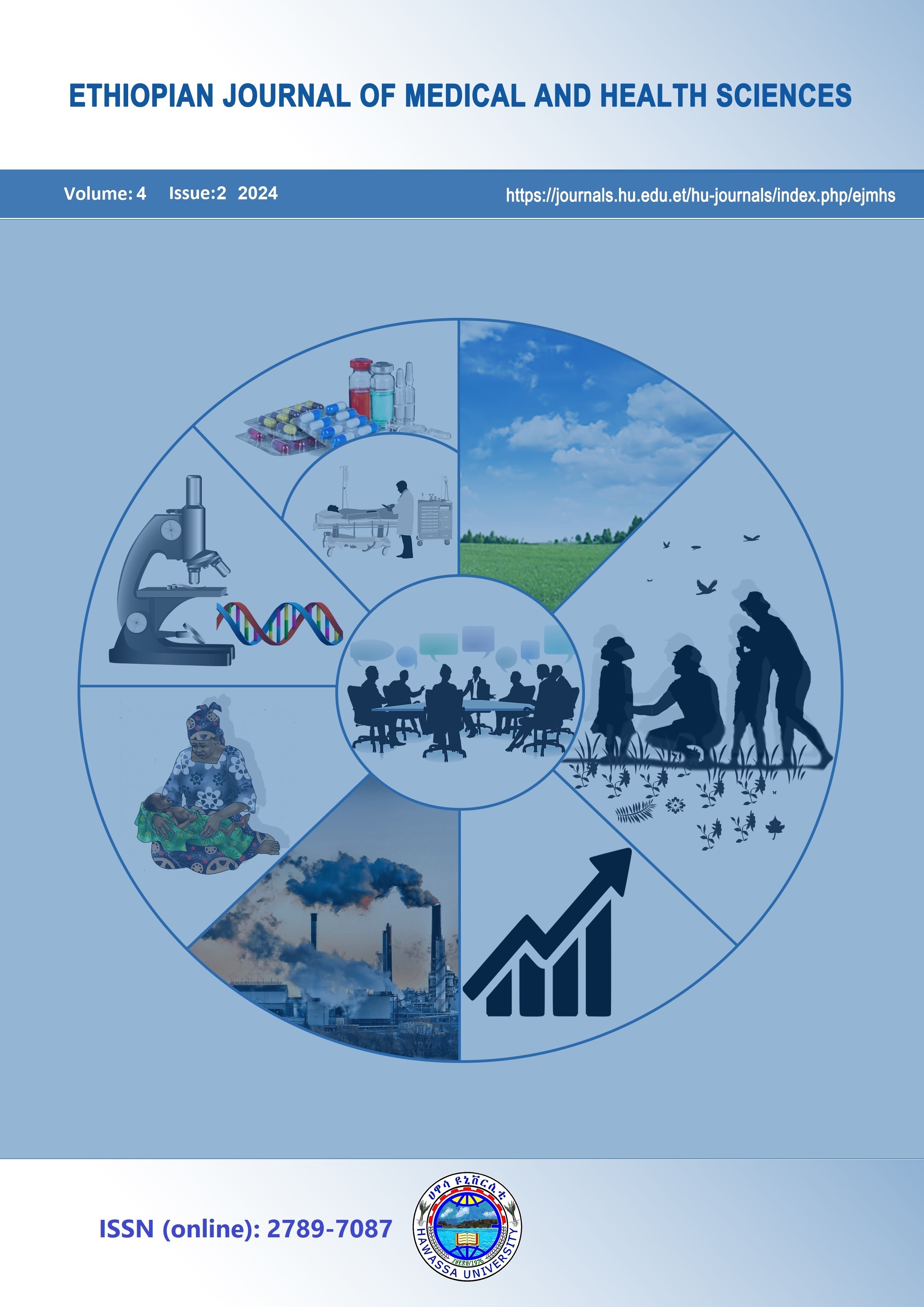Bacteriological analysis of street vended sliced watermelon (Citrullus lanatus) from selected sites in Adama City, Ethiopia
DOI:
https://doi.org/10.82127/1jhzsf21Abstract
Background: Feeding of fruits, including watermelon, is a vital source of vitamins and essential micronutrients. Watermelon and Pineapple are the most sliced fruits that are highly purchased in Adama. Despite the health benefits obtained from daily consumption of fruits, they are at risk of microbial contamination mainly owing to their vending and handling approaches. The public health concern of food-borne infections related to street-vended fruits is becoming serious. This study was aimed at determining the commonest bacterial isolates associated with sliced watermelon sold by street vendors in Adama City, Ethiopia.
Methods: A cross-sectional study consisting of a total of 24 sliced watermelon samples was randomly collected from four selected sites of the city, namely: Mebrat Haile, Post Office, Franko, and Bole sites, in April-May 2023. For bacterial isolation and identification, standard bacteriological methods were used. The samples were serially diluted with distilled water, and bacteriological analysis was conducted to determine aerobic mesophilic bacteria on plate count agar (PCA), Enterobacteriaceae on MacConkey, coliforms on violet red bile agar (VRBA), and Salmonella and Shigella on Salmonella and Shigella agar (SSA) selective media. Results: The results of this study showed that watermelon samples were contaminated from 2.59x106 to 2.86x107 mean plate counts for aerobic mesophilic bacteria, 3.4x105 to 1.59x106 for Enterobacteriaceae, 1.65x106 to 2.74x106 for coliform count, and 1.2x105 to 3x105 CFU/ml of Salmonella and Shigella count. Three out of four standard biochemical tests showed positive for the presence of E. coli, Salmonella species, and Shigella species. Our findings revealed that samples from the Post Office site and the Bole site were the most and the least contaminated, respectively.
Conclusions: On the whole, mean aerobic counts and mean coliform counts were not statistically significant among vendors and sites in selected areas. The bacterial analysis showed that the hygienic condition of sliced watermelon sold in Adama City Street was very poor, demanding strict attention from the city administration and health office

